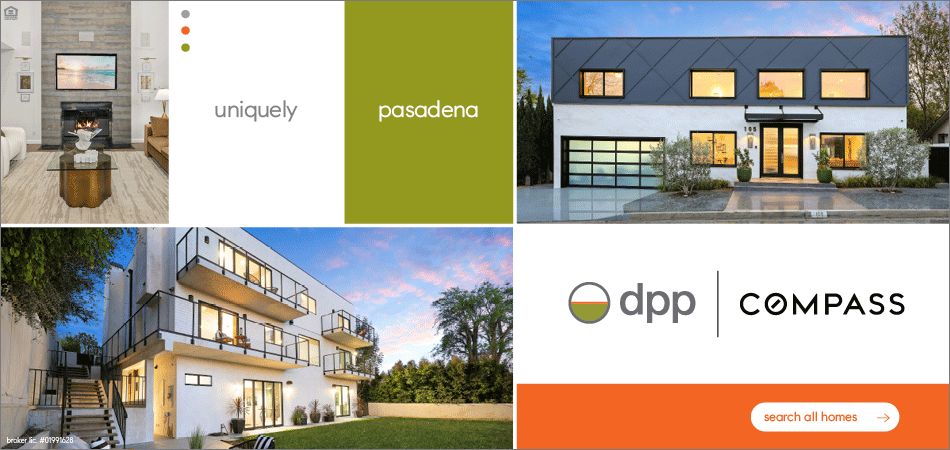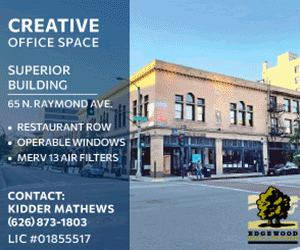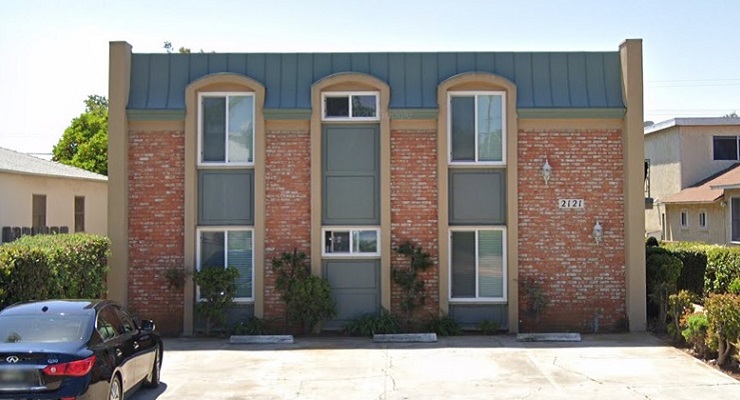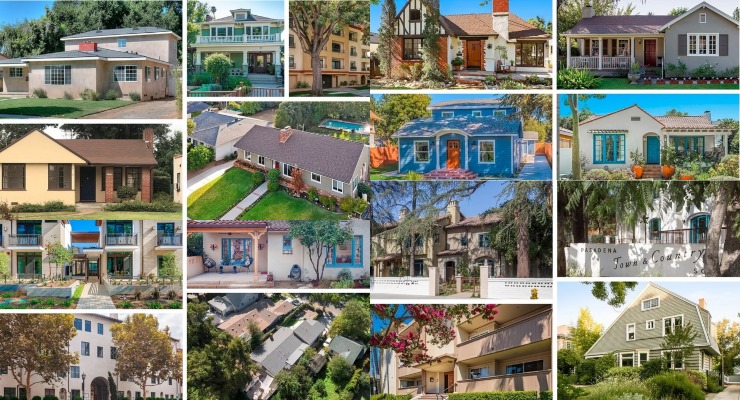
The pandemic did a number on home loans despite the overheated real estate market. Economic injuries caused by the unstable employment market prompted lenders to beef up applications with an extra layer of requirements which made for fewer approvals. But that is changing now.
With the pandemic apparently winding down, and with Pasadena leading the state in vaccinations, most of the previously tighter restrictions for home loans are giving way to a more lenient loan process.
Such is the difference, that some lenders reportedly are not asking for proof of income during the last few days of the loan process.
Even high dollar or “jumbo” loans are now available again.
Standard conforming mortgages are Freddie Mac and Fannie Mae-backed loans with limits of $484,350 in all states except Alaska, Hawaii, Guam or the U.S. Virgin Islands, where the limit is $726,525. Jumbo loans, however, allow buyers to go outside those limits and buy a more expensive home if they qualify, according to We Fund LA located in Pasadena.
But whether the loan you’re looking for is conforming or jumbo, it pays to keep your loan search local, says Pasadena mortgage broker Kennedy Kenji Tatsuno.
“Talk to somebody who is a little more local,” he recommends, “somebody who’s advocated by your realtor, or your realtor’s contacts, and somebody who’s familiar with the neighborhood and the local market and demographics.
As Tatsuno pointed out, “Even though they’re both based in Southern California, the price point and supply and demand and price in today’s environment that you will pay in Fullerton is going to be extremely, extremely different than a property in North Alhambra, north San Gabriel, or Pasadena. And in Pasadena you’re going to be paying an extreme premium.”
And what would an extreme premium be?
Tatsuno has seen homes at 28% over list price, he said.
As Tatsuno explained in more detail, there are basically two components of owner-occupied residential mortgages—QM loans, which are quantitative mortgages, and non-QM loans, which are non-quantitative mortgages.
Because of the Dodd-Frank act, a consumer has to qualify and quantify on paper by specific numbers and a debt to income ratio on what they can afford.
Typically on a regular Fannie Freddie FHFA loan, that debt-to-income ratio is 49%, or 49.9% on a jumbo loan.
“In most cases,” said Tatsuno, “it’s a maximum debt-to-income of 43, sometimes 45. What that means is your total gross income cannot be extended to rise more than 49% towards the total housing payment principal interest taxes and insurance.”
That rate for a jumbo loan is 43%, said Tatsuno.
But, prior to COVID, there were far more non-QM mortgages. The ability to repay could be generated based on other factors, he said, because self-employed borrowers, for example, would use a profit and loss statement, for example, or months of bank statements, because for self-employed people, income rates can vary, seasonally
But, once COVID hit, without knowing what the net effect of people’s income would be, the non-QM marketplace nearly vanished.
So, while loans are available again, Tatsuno notes that it’s not that mortgage brokers or lenders were reluctant, “but there definitely was another layer of information and performance that the borrower had to go through, especially self-employed borrowers.”
But the loans are there, says mortgage lender Henry Chen.
“The new programs are mostly in the non-QM product,” he said, “which means the jumbo loan that disappeared during COVID time. Now there are more jumbo loans and you could do a 10% down for a two and a half million dollar loan now.”
And minimum down payments programs are still available, said Chen, who added, “A lot of people got discouraged from buying houses with minimum down, which is 3%, but everything is more lenient now.
But Chen also advises that a 20% down payment will likely open more doors for the buyer.
“Twenty percent is always advisable because you don’t need to pay mortgage insurance, said Chen, but people that don’t have 20% can be a homeowner for only 3%. There are still programs available for down payment assistance from grants, from government or other banks.
“The down payment assistance program is always there, and the buyers just need to come up with 1%, or even less for closing.
But there are caveats, of course, notes Chen. You likely won’t be finding a home in Pasadena.
“There are some limits,” notes Chen. “The limit is that income should be in the average income demographic, and per city, there’s a different income. In LA, the household cannot make more than 82,000. There’s no house to buy if that’s your income with a car payment, you can’t qualify for it, but it used to be good when average houses here were 350 to 400,000. It’s workable, but now you don’t find a house below 600,000.”
While Tatsuno actually recommends jumbo loans for those who can qualify, he is pragmatic about down payments in general.
“Ultimately,” said Tatsuno. “ I would say at least 5%, possibly 10% because the other side of the coin is that, the less down you have the higher the payment, and the harder it is for you to qualify.
“That’s a simple dynamic,” he said. “If you’re a young professional and you’ve got two people and you’re making 300,000 plus, you can do your 5% because you know, you’ve got the income and the capacity, but that’s not all case scenarios.”






